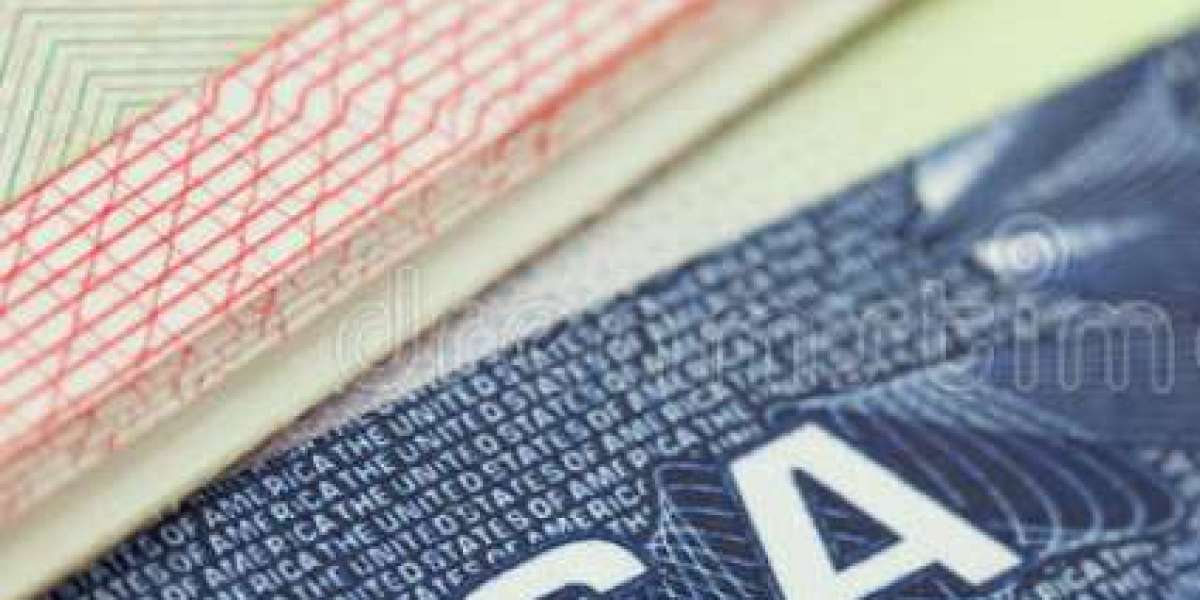Understanding the Global E-Visa Concept
Global E-Visa systems are transforming how countries manage international travel, offering a digital alternative to traditional visa processes. Through online platforms, travelers can apply, pay, and receive travel authorizations without visiting embassies or consulates. These electronic visas streamline the documentation process, reduce paperwork, and enhance the traveler experience. Governments benefit from improved security and operational efficiency, while travelers enjoy convenience and time savings.
How E-Visa Systems Work
The E-Visa process typically involves a secure online application where travelers provide personal details, passport information, travel purpose, and supporting documents. Once submitted, applications are reviewed by immigration authorities, and decisions are communicated via email. Approved travelers receive a digital visa or confirmation, often linked directly to their passport number and scannable at immigration checkpoints. Many countries also use advanced biometric verification and integrated databases to maintain border integrity.
Key Benefits for Governments and Travelers
Global E-Visa adoption has introduced a host of advantages. For travelers, the most evident benefit is convenience no longer needing to make appointments, stand in queues, or send physical documents by courier. For governments, the digitization of visa services reduces administrative burden, accelerates processing times, and improves fraud detection using AI-driven background checks and risk analysis. It also promotes tourism and business travel by simplifying access.
Countries Leading the E-Visa Transition
Several countries have successfully implemented comprehensive E-Visa systems. India offers e-visas for over 160 nationalities across multiple travel purposes including tourism, business, and medical. Turkey’s streamlined system allows travelers to obtain a visa within minutes. Similarly, Kenya, Australia, and Vietnam have embraced the model to enhance border efficiency. The Schengen Zone is also exploring unified digital visa systems for more seamless entry among member nations.
Security and Data Protection Measures
While convenience is a key factor, security remains a top priority in E-Visa frameworks. Governments employ encryption, two-factor authentication, and biometric integration to safeguard applicant data. International collaboration with intelligence and security agencies helps ensure that high-risk individuals are flagged before entry. These systems also offer real-time data sharing with immigration authorities, helping to prevent illegal entry, identity fraud, and overstays.
Challenges in Global E-Visa Implementation
Despite its advantages, the global E-Visa ecosystem faces challenges. Technological gaps, inconsistent infrastructure, and digital literacy issues hinder adoption in developing regions. Concerns around data privacy, system reliability, and cyberattacks remain ongoing. Moreover, countries differ in their visa eligibility requirements, making a truly global standard difficult to achieve. Addressing these challenges requires coordinated international effort and continuous investment in technology.
Future Outlook and Global Integration
Global E-Visa systems are likely to become the norm in international travel. As more countries modernize their immigration services, integration with smart airports, biometric verification, and AI-driven vetting systems will shape the next phase of border control. In the long term, digital visas could be embedded into digital identity systems or even travel blockchain networks, ensuring seamless and secure cross-border movement.







